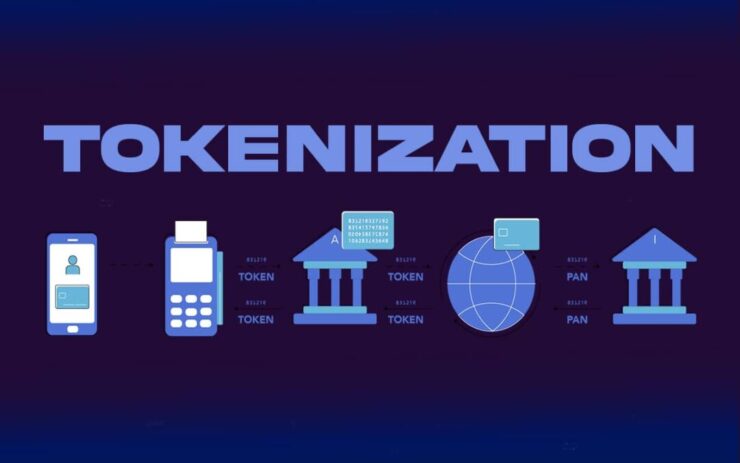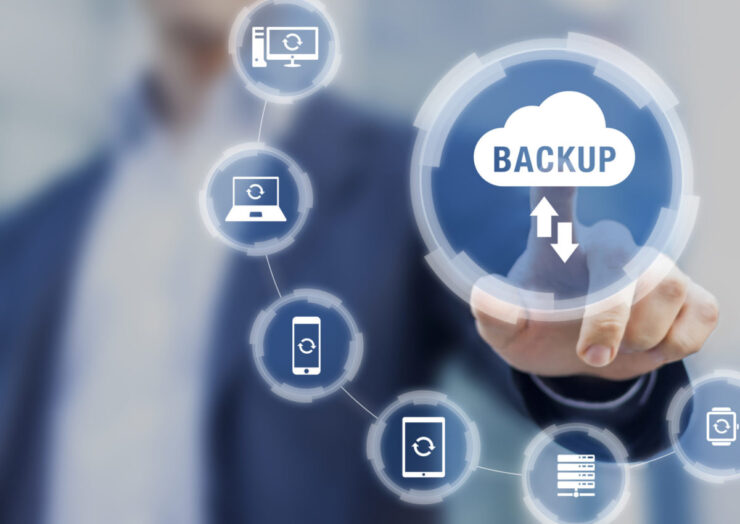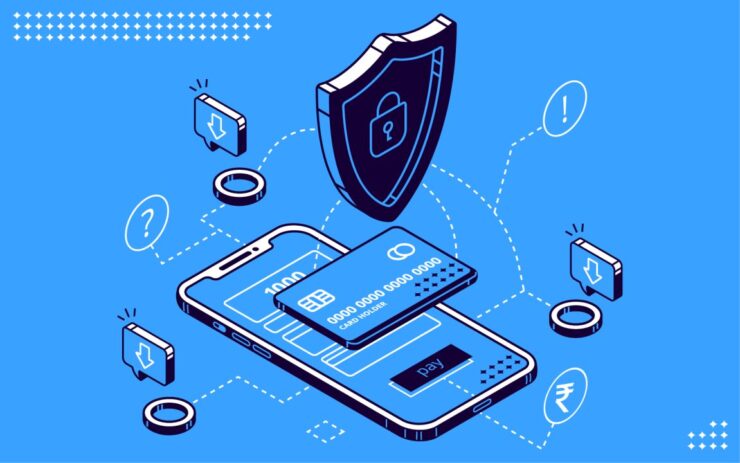The world of e-commerce has witnessed exponential growth over the past decade, with consumers increasingly relying on digital payments for their shopping needs. Alongside this surge in online transactions, the role of payment facilitators (PayFacs) has become ever more critical. These entities serve as a bridge between merchants and payment processors, making it easy for small and medium-sized businesses to accept electronic payments.
However, the rise in digital payments has also resulted in a concurrent surge in payment-related frauds and cyber threats. This makes the task of securing payment data paramount for PayFacs.
In this blog post, we’ll explore some best practices that PayFacs can employ to ensure that the payment data they handle remains uncompromised.
1. Understanding The PayFac Business Model

Before delving into security practices, it’s essential to grasp the intricacies of the PayFac business model. As intermediaries, PayFacs essentially manage the payment process on behalf of merchants. They handle customer data, transaction details, and more, making them an attractive target for cybercriminals.
Given this pivotal role, securing payment data becomes a non-negotiable responsibility for PayFacs. Here’s how they can do it:
2. Implementing Strong Encryption
Data encryption is the first line of defense against unauthorized access. By encoding payment data, you ensure that even if cybercriminals manage to intercept it, they cannot decipher its actual content. It’s crucial to employ advanced encryption standards, like AES-256, and regularly update encryption keys to maintain data security.
3. Using Tokenization

Tokenization replaces sensitive payment data with unique identification symbols or “tokens” that retain all the essential data’s properties without compromising its security. This means that even if a hacker manages to access these tokens, they cannot reverse-engineer them to retrieve the actual payment data.
4. Regular Security Audits
Conducting periodic security audits helps identify potential vulnerabilities in the system before they can be exploited. These audits should be thorough and include every aspect of the payment process – from data entry points to storage and transmission. Employing third-party experts for these audits can offer an unbiased perspective on potential weaknesses.
5. Multi-Factor Authentication (MFA)

By requiring users to provide two or more verification factors, MFA adds an extra layer of security. This could be something the user knows (password), something the user has (a mobile device or a smart card), or something the user is (fingerprint or retina scan). The combination makes it significantly harder for unauthorized individuals to access sensitive payment data.
6. Educating Merchants And Customers
PayFacs should also take the initiative to educate their associated merchants and customers about best security practices. This could involve creating easy-to-understand resources about phishing scams, the importance of strong passwords, and how to spot suspicious activities. The more informed your users are, the less likely they are to inadvertently compromise their own data.
7. Continuous Monitoring And Alert Systems

Real-time monitoring of transactions can help identify and halt suspicious activities as they happen. By setting up automated alert systems, PayFacs can be instantly notified about any abnormal patterns or potential breaches, allowing them to take immediate action.
8. Complying With Industry Standards
PayFacs should ensure they are compliant with industry regulations and standards, such as the Payment Card Industry Data Security Standard (PCI DSS). This not only ensures that you are following best practices but also builds trust with merchants and customers.
9. Backup And Data Recovery Plans

Despite best efforts, there is always a risk of data breaches. In such instances, having a robust backup and recovery plan can prove invaluable. Regularly backing up payment data and having a clear procedure for restoring it ensures that services can be quickly resumed after any incident.
10. Partnering With Reputable Payment Processors
Last but not least, the choice of payment processors can significantly influence data security. PayFacs should be diligent in partnering with processors that have a proven track record of security and reliability.
Conclusion
The digital payment landscape is ever-evolving, with new threats emerging as fast as the technology itself. For PayFacs, this means that securing payment data is an ongoing challenge that requires constant vigilance and adaptation.
By implementing these best practices, PayFacs can not only protect themselves and their merchants from potential threats but also establish a reputation of trust and reliability in the market. After all, in the world of e-commerce, trust is the most valuable currency.

